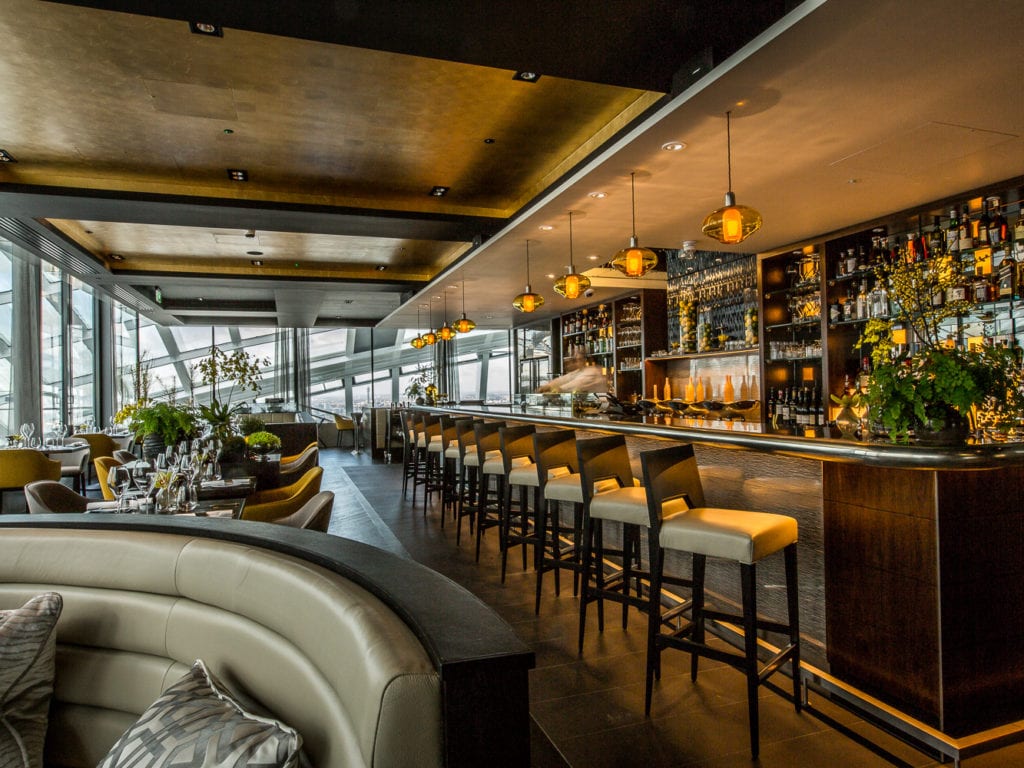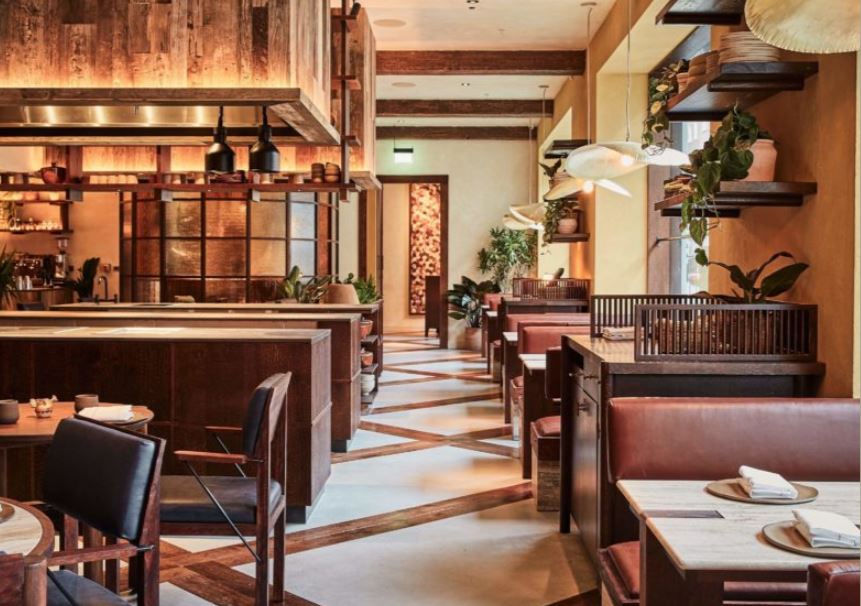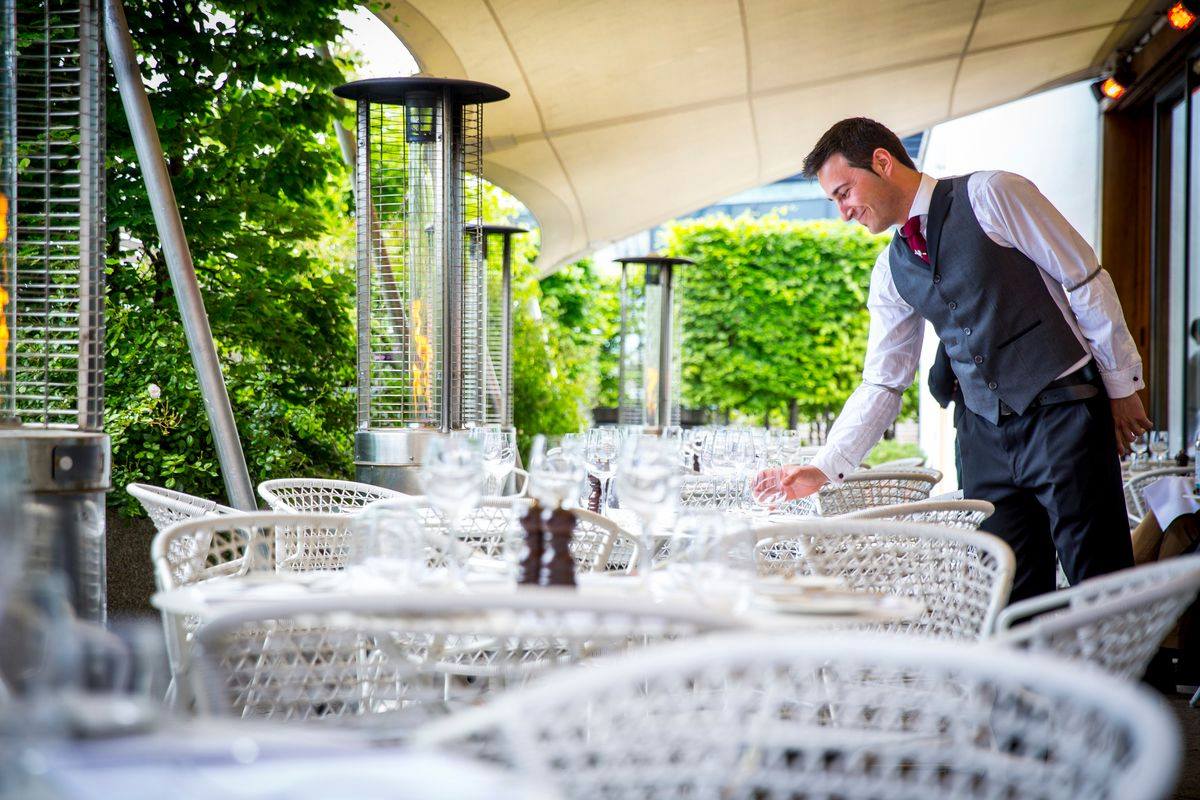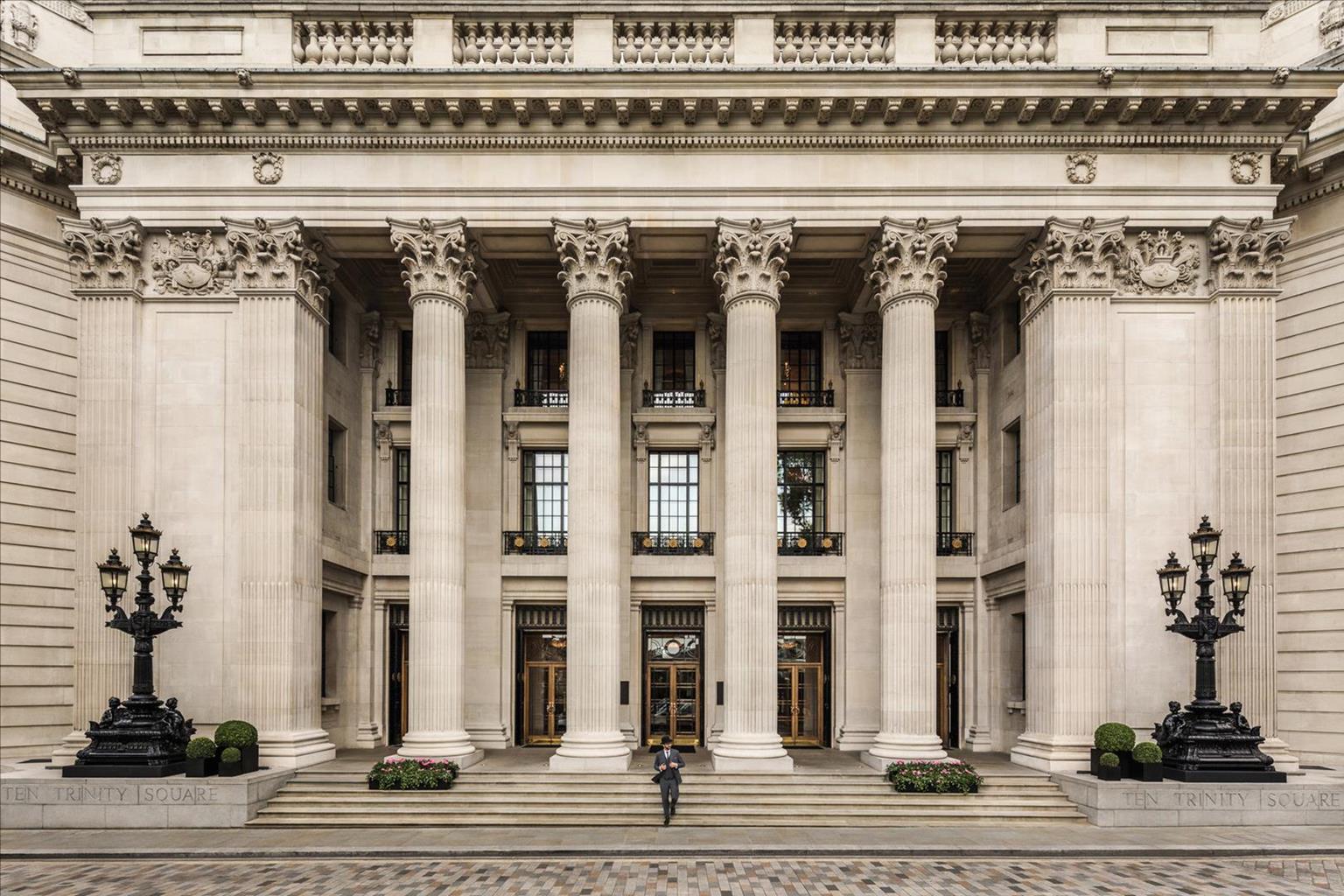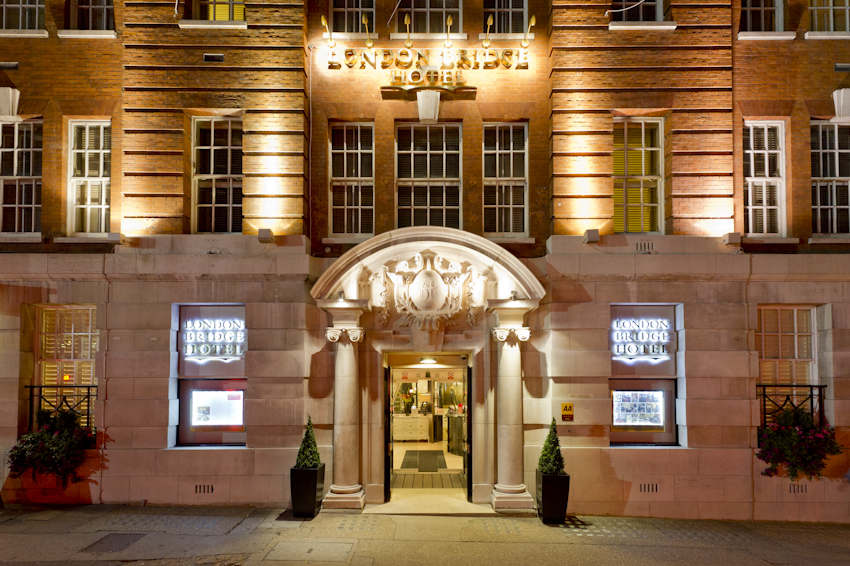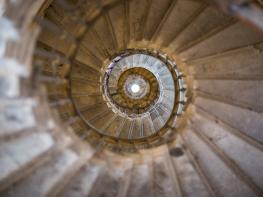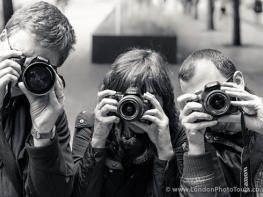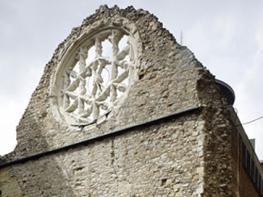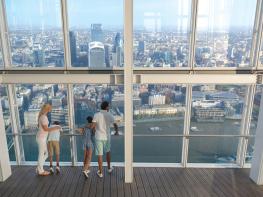Overlooking Tower Bridge and the Tower of London, this truly fantastic, luxury hotel is the…
Through the City of London

Explore the square mile and the sites of the great fire
2.25 miles (3.6kms)
About the walk
Londoners in the 17th century must have wondered what had hit them when, within months of fighting off the Great Plague, a fire of monumental proportions began at a bakery in Pudding Lane. It was 2am in the morning on 2 September, 1666 when the baker discovered the fire. He escaped to safety along a roof, but his young assistant was not so lucky. Neither were the 13,000 houses, 87 churches and 40 livery halls that perished in the flames but, incredibly, only eight people lost their lives, although how many later died after being left homeless is unknown. It took five days to contain the fire, partly because of the high number of houses with timber roofs and the rudimentary fire-fighting equipment available at the time.
Cabinet decision
The event at least offered an opportunity to give the City a facelift but, due to the sheer cost and to property rights, most of the rebuilding followed the original street lines. It did, however, create a safer, more sanitary capital than before, and with the new houses came a demand for new furniture, which was excellent news for cabinetmakers.
Rebuilding the home
Within six years the City had been rebuilt, its boundaries extended and London was in the midst of an economic boom. By 1700 the population had increased five-fold to 500,000 inhabitants and, in terms of technical development, the City's manufacture of chests and cabinets led the way. Perhaps one of the most common items produced by a cabinetmaker was the table, candlestands and mirror ensemble, which had been introduced from France and soon became a standard item of furniture in many English homes. Cabinets were made by skilled craftsmen and therefore more expensive. However, the same techniques were later used for chests of drawers. To meet heavy demands furniture was, for the first time, offered across a range of quality and price.
Brisk trade with North America, the East Indies, East India and the Far East introduced new styles such as lacquer-ware. Although France led the way in furniture design, Oriental items such as screens were very popular. Most Londoners made do with 'japanned' furniture that was varnished in a cheaper imitation of lacquer, many of which survive today. Cane chairs too, were introduced from the Far East and most middle-class homes had one or more of these so-called 'English chairs'. With the demand for furniture of all types and to match all pockets, the working life of a tradesman in the late 1600s was a happy and profitable one indeed.
Walk directions
Take the Fish Street Hill exit from the tube station and bear right towards the Monument. Follow the cobbled street for 20yds (18m) to see the plaque that marks the spot on the corner of Pudding Lane where the ill-fated bakery once stood. Bear right, then cross Lower Thames Street at the pedestrian crossing to reach St Magnus the Martyr Church.
A few paces further to the right of the church, climb a set of steps and, ignoring the first exit, continue to arrive on the west side of London Bridge. Continue ahead, away from the river, along King William Street and shortly turn left along Arthur Street and then sharp right into Martin Lane, past the Olde Wine Shades. At the end turn left into Cannon Street. (For a detour to see the red-brick houses that survived the fire, turn next left into Laurence Poultney Hill.)
Cross the road and turn right into Abchurch Lane. At the end bear left along King William Street towards Bank tube station. Keep to the left, past the front of Mansion House, and notice the street on the left, Walbrook: this is the site of one of Wren's finest churches, St Stephen Walbrook Church. Turn left into Queen Victoria Street.
Continue ahead and at Cannon Street turn sharp right into Bow Lane, past St Mary Aldermary and a row of shops, to St Mary-le-Bow at the end. Turn left into Cheapside which, despite being the widest road in the City, also went up in flames.
Cross this road and turn right into Wood Street. On your right was the site of one of London's debtors' prisons.
Turn left into Goldsmith Street and, at the Saddlers Hall opposite, turn left and rejoin Cheapside. Turn right and cross the pedestrian crossing to St Paul's Cathedral. Walk through the churchyard and bear left to reach Ludgate Hill.
Turn right and right again into Ava Maria Lane, which becomes Warwick Lane. At the end turn left along Newgate Street. At the traffic lights turn right along Giltspur Street, then left into Cock Lane.
Where another road meets it, turn right along Snow Hill, past an angular building, and right at Farringdon Street (which becomes Farringdon Road). At the second set of traffic lights turn right, to reach Farringdon tube, where the walk ends.
Additional information
Paved streets
Alleys and roads in busy City of London
Not a good one for dogs
AA Street by Street London
Monument
WALKING IN SAFETY
Read our tips to look after yourself and the environment when following this walk.
Find out more
Also in the area
About the area
Discover Greater London
Greater London is one of the world’s largest urban areas; 33 boroughs stretching north to Enfield, south to Croydon, east to Havering, west to Hillingdon and with central London at the heart of it all.
Greater London was officially created in 1965, but the boroughs themselves all have their own histories going back much further. Greenwich is home to the Prime Meridian, which all clocks on earth take their time from, while Hounslow contains Heathrow Airport, one of the busiest airports in the world. Greater London contains a multitude of parks and green spaces, from the six Royal Parks (including Richmond Park, Green Park, Hyde Park and Regent’s Park) and other huge open spaces like Hampstead Heath and Clapham Common; to smaller community spaces like Clissold Park in Stoke Newington and Burgess Park in Southwark.
The centre of London has its quiet spaces too, like Coram’s Field by Great Ormond Street, and Camley Street Natural Park, a stone’s throw from King’s Cross and St Pancras. One of the city’s most impressive features is the London Underground. Beginning in 1863 as the Metropolitan Railway, it took commuters into The City from the suburbs of Middlesex. It was the first underground railway in the world, and now consists of 11 lines, 270 stations, and 250 miles (402km) of track. It’s estimated that nearly five million journeys are taken every day, and there are nearly one and a half billion riders each year. At peak times, there are more than 543 trains whizzing around the Capital.
Nearby stays
Restaurants and Pubs
Nearby experiences
Recommended things to do
Why choose Rated Trips?
Your trusted guide to rated places across the UK
The best coverage
Discover more than 15,000 professionally rated places to stay, eat and visit from across the UK and Ireland.
Quality assured
Choose a place to stay safe in the knowledge that it has been expertly assessed by trained assessors.
Plan your next trip
Search by location or the type of place you're visiting to find your next ideal holiday experience.
Travel inspiration
Read our articles, city guides and recommended things to do for inspiration. We're here to help you explore the UK.





